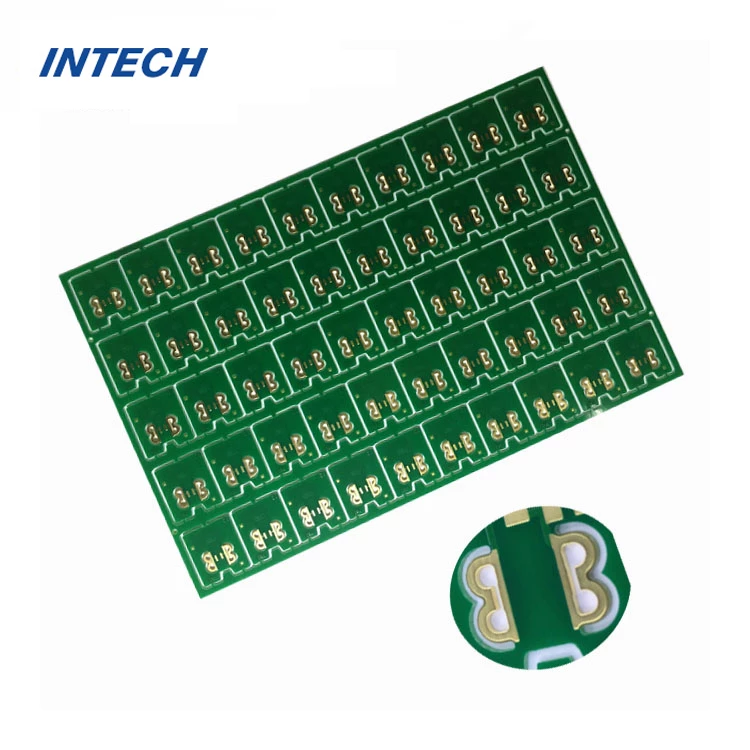Causes and defenses of PCB board deformation
Date:2023-05-22 14:20:09
Printed circuit boards are an important part of electronic equipment. They are used to connect electronic components through conductive paths. PCB circuit board are made of various materials such as fiberglass, ceramics and plastics. They are very precise in structure and function. However, they sometimes deform, causing the entire electronic device to malfunction or even fail. In this article, we will discuss the causes of PCB board deformation and measures to prevent deformation.
One of the main causes of board deformation is excessive force applied during PCB board assembly. This force can take many forms, including bending, twisting, or putting excessive stress on the board during installation. This can cause deformation of the circuit board, which can cause interruption of the circuits on the board and eventually lead to failure of the electronic device. To mitigate this risk, manufacturers should inspect boards prior to assembly to ensure they have not been deformed.
Another reason for PCB board deformation is the effect of thermal stress. When a pcb circuit board design is subjected to a range of temperatures, it may expand or contract. If this thermal stress is not managed properly, it can cause the sheet to crack, delaminate, and even warp. Several factors can contribute to the effects of thermal stress, including poor design, manufacturing process errors, and inadequate material selection. Manufacturers should ensure that they select the correct materials for their PCBs and follow industry standards and guidelines to minimize the effects of thermal stress.
Improper storage and handling methods can also cause PCB board deformation. Boards stored in damp or damp conditions run the risk of absorbing moisture, which can lead to swelling, delamination and deformation. In contrast, sheets stored in high temperature or dusty environments risk increased thermal and mechanical stress, which can also lead to deformation. PCBs should be stored properly and protected from harsh environments to prevent deformation.
Defective manufacturing process can also cause PCB board deformation. For example, if a manufacturer uses a poorly calibrated machine to build a circuit board, it may result in a different thickness or shape than expected. This can cause deformation of the circuit board, which can lead to failure of the electronic device. A thorough inspection of the manufacturing process can help identify and avoid such errors.
To prevent PCB board deformation, manufacturers should follow PCB design guidelines and standards. These guidelines were developed to help designers create planks that stay ahead of the curve.

